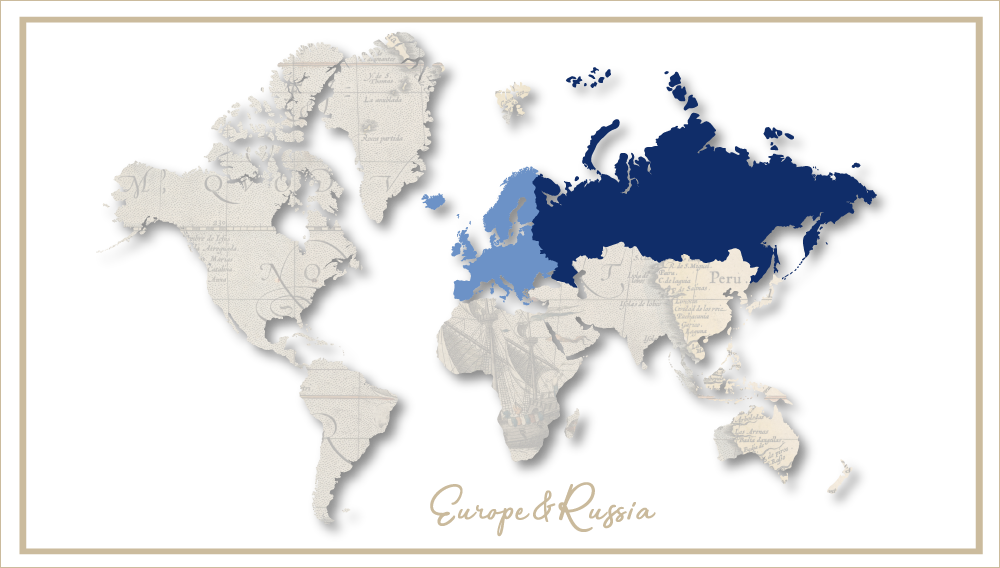InBev raises its EBITDA margin – again
What is actually the point of pushing margins ever higher? Because others are doing it too? That’s not good enough. The real answer is a tautology. At InBev they do it because they can do it.
Sometimes it is hard to judge from the look of a quarterly statement which company or even industry you are dealing with. Same with InBev’s recent results announcement for the nine months 2007: mostly about money and little on beer. Which is probably just as well. Profit-wise InBev has done well. However, InBev is a brewer and not a bank. As concerns beer, InBev has delivered disappointing results for the nine months 2007. Its flagship brands Stella Artois and Beck’s have floundered. Expect InBev’s revolving doors to keep on spinning.
Starting with beer, InBev reported that compared with the same period last year, during the first nine months of 2007 its global beer volumes were up 4.8 percent.
On the face of it that looks good. But only on the face of it as InBev’s global brands such as Brahma, Stella Artois and Beck’s have shown mixed results.
InBev said that its global brands grew +1.8 percent for the third quarter. Brahma had volume growth of +5.4 percent, mainly boosted by Brazil, its major market still. Volumes of Stella Artois were down -1.1 percent, as the negative performance in the UK could not be fully offset by increases in the U.S., southern Latin America and eastern Europe.
Likewise, Beck’s volumes decreased by -5.5 percent, mainly explained by the negative performance of the German market itself, which was partly offset by higher volumes in the UK and central and eastern Europe. Of InBev’s global brands, Leffe had volume growth of +6.6%, mainly due to western Europe and North America.
Considering that international brands ought to be a brewer’s pride and joy - especially if the brewer wants to be the biggest and the best -, the disappointing performances of Stella Artois and Beck’s, InBev’s only truly international brands, will make InBev try even harder to push up its margins. If it cannot beat its competitors on branding, it will have to beat them on profitability.
During the third quarter 2007, total beer volumes in North America increased 1.3 percent, InBev said, while Canadian volumes were -1.7 percent lower organically.
In Brazil, beer volumes rose +5.1 percent versus last year and market share climbed to 67.7 percent, which is still slightly below last year.
In Latin America South, volumes increased +7.3 percent (beer +3.3%; non-beer +13.3%), driven by the continued expansion in Argentina and Bolivia.
Western European third quarter volumes decreased -7.8 percent as the industry declined versus 2006. InBev’s UK volumes went down -5.2 percent, which could be blamed on a general market trend but, in fact, must be attributed to Stella Artois’ continuing free fall.
In Germany, the industry was much weaker than one year ago and experienced intensified price competition. Against this background, overall volumes dropped -11 percent. Fortunately, InBev’s branded beer volumes decreased less than this (i.e. Beck’s). The Belgian market was also softer than the previous year, with InBev’s volumes -9.6 percent lower.
Luckily, volume declines in western European markets were offset by growth in central and eastern Europe. There volumes were up +10.7 percent during the third quarter. Russian volumes grew by +14 percent, says InBev, as they managed to increase market share in the core and premium segments at the expense of the value segment. In Ukraine volumes were +14.9 percent higher.
Volumes increased +5.1 percent in Asia Pacific in the third quarter. Chinese volumes grew by +5.3 percent organically, with the Sedrin business continuing to perform well. In South Korea, volumes increased +4.3 percent, supported by the growth of the premium portfolio.
When it comes to money, InBev reports that during the first nine months of 2007, revenue was 7.0 percent higher, as the result of 1.8 percent higher revenue per Hl and increased volumes. Cost of sales (CoS) in the third quarter were impacted by some commodity cost pressures, leading to an increase in CoS per hectolitre of 3.7 percent, year-on-year.
Normalised EBITDA increased by 8.5 percent, leading to an EBITDA margin of 35.2 percent in the third quarter of 2007. For the nine months 2007, normalised EBITDA growth was 13.7 percent, resulting in an EBITDA margin of 33.4 percent.
InBev acquired EUR 121 million of InBev shares during the third quarter as part of a share buyback programme. In total, InBev has already acquired EUR 356 million of its own shares this year
For 2008, InBev is currently not providing specific guidance on the impact of changes in commodity costs, beyond highlighting that the price developments during the last months, especially for barley and malt, will impact 2008 cost of sales in all business units.


